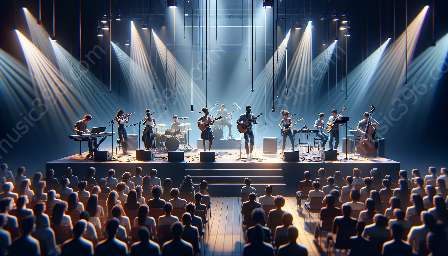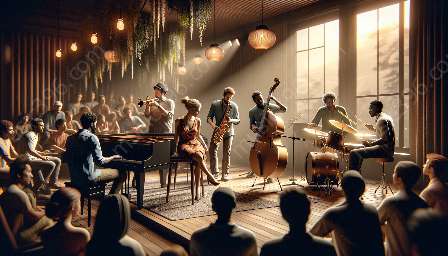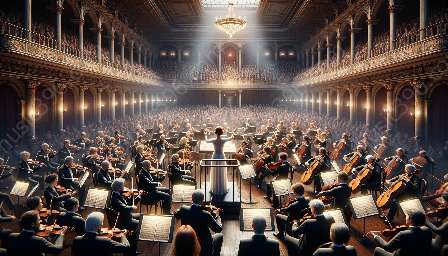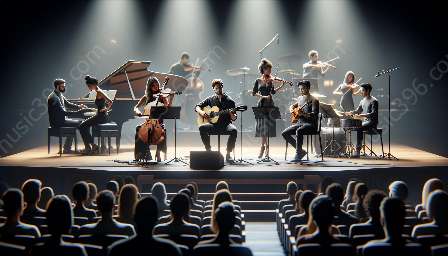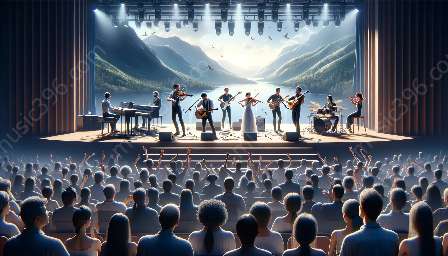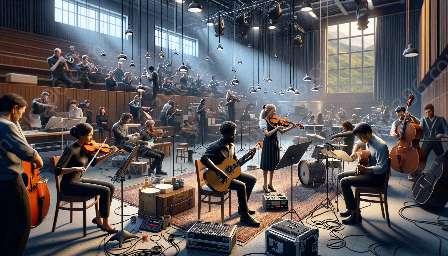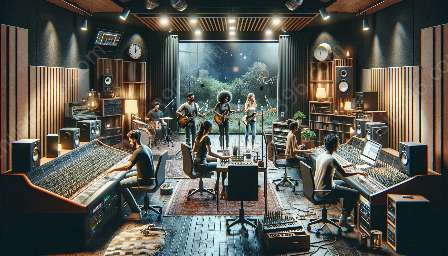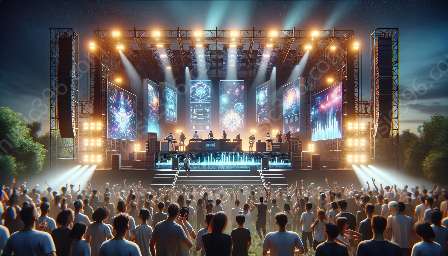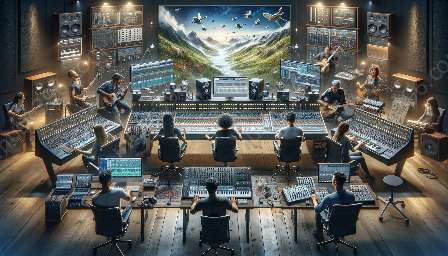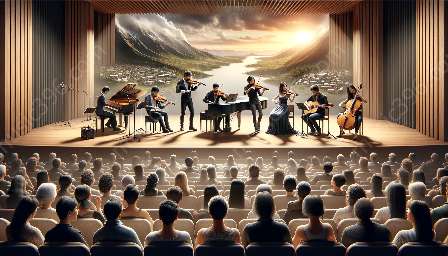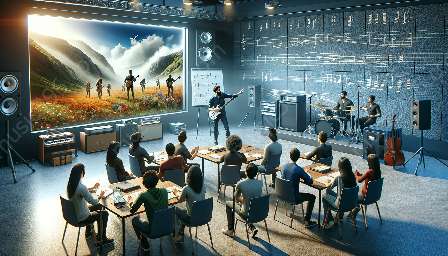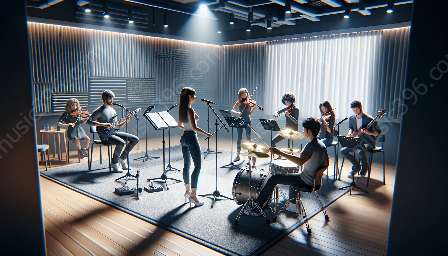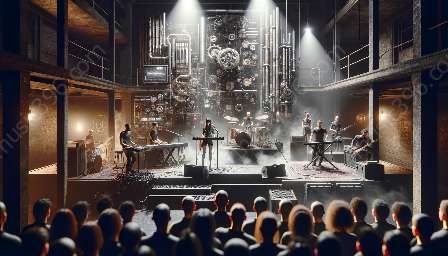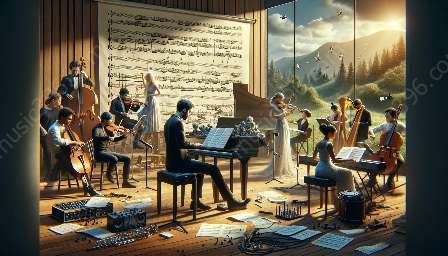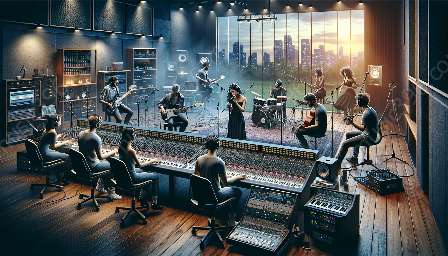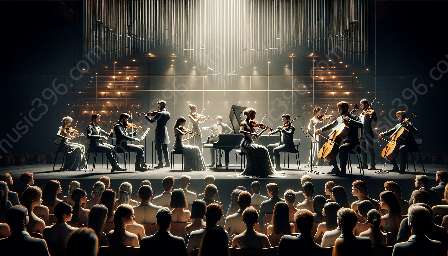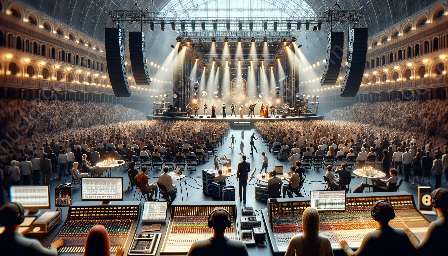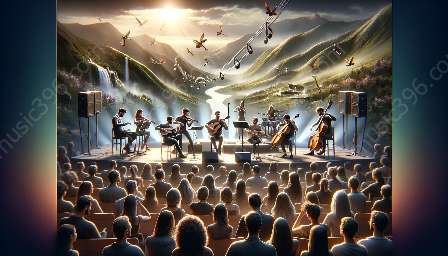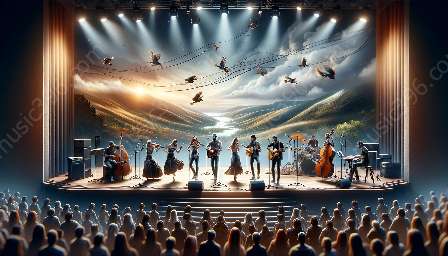Electronic music performance has emerged as a distinct genre with its own set of characteristics and features that separate it from traditional music performance. From the instruments and composition to audience interaction and technology, electronic music performances offer a unique experience that sets them apart from traditional music performances. In this topic cluster, we will explore these differences in detail, providing a comprehensive understanding of the fascinating world of electronic music performance.
Distinctive Characteristics of Electronic Music Performance
Electronic music performance stands out for its use of electronic instruments and technology to create and manipulate sounds, setting it apart from traditional music performance, which often relies on acoustic instruments. The use of synthesizers, drum machines, samplers, and computer programs allows electronic music performers to produce a wide range of unique and experimental sounds that are not feasible in traditional music performance.
Instruments and Composition
Electronic music performance heavily depends on electronic instruments, where traditional music performance relies on acoustic or classical instruments, such as guitars, pianos, violins, and drums. The composition of electronic music often involves intricate layering of sound, looping, and digital manipulation, offering a different creative process compared to traditional music performance, which is more focused on sheet music and traditional song structures.
Technological Innovation
Electronic music performance is closely connected to technological innovation, constantly incorporating new advancements in music production and performance. This sets it apart from traditional music performance, where the emphasis is on preserving classical techniques and instruments. The integration of technology in electronic music performance allows for real-time manipulation of sounds, creating an immersive and dynamic experience for the audience.
Interactive Elements
One of the defining features of electronic music performance is its interactive elements, which often involve live improvisation, visual effects, and audience engagement. Traditional music performance is typically focused on stage presence and tangible instruments, while electronic music performances blur the lines between performer, composer, and audience, inviting active participation and collaboration.
Live Remixing and Manipulation
Electronic music performance allows for live remixing and manipulation of sounds, giving performers the freedom to reinterpret and transform their own tracks in real time. This live interaction with the music distinguishes electronic music performance from traditional music performance, creating a dynamic and evolving experience that is driven by technological innovation.
Visuals and Multimedia Integration
Electronic music performances often incorporate visuals and multimedia elements, such as light shows, projections, and interactive displays. These visual components complement the music and enhance the overall sensory experience, providing a multi-dimensional aspect that goes beyond the auditory focus of traditional music performance.
Conclusion
Electronic music performance offers a diverse and innovative approach to music that differs significantly from traditional music performance. With its reliance on electronic instruments, technological innovation, interactive elements, and multimedia integration, electronic music performance has carved out a unique space within the music performance landscape. Embracing these differences can lead to a deeper appreciation and understanding of the diverse forms of musical expression in the modern world.


